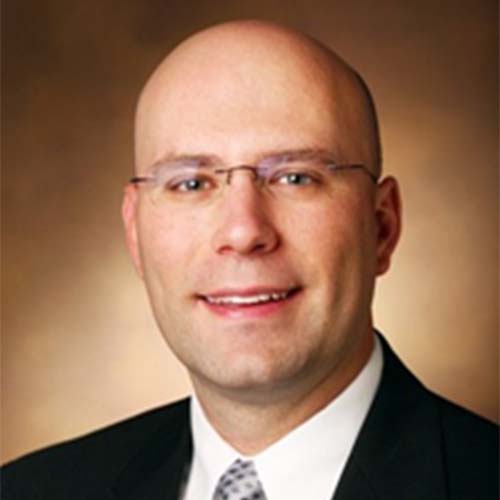An urgency to bridge the gap from bench to bedside now permeates the academic medical community.
Historically, basic research findings often took decades to reach clinical application. Today’s leaders, in contrast, are dedicated to trial design innovations that promise potential benefits to patients in a shorter time frame.
Wesley Self, M.D., is the director of the Vanderbilt Institute for Clinical and Translational Research (VICTR) at Vanderbilt University Medical Center. He leads clinical research, drawing on his years of implementing translational medicine projects in emergency medicine.
“Vanderbilt has been a leader in this area for a long time. One highlight is the establishment of BioVU in 2007, which is our bank of deidentified DNA and repository of blood and tissues samples,” Self said. “The rich genomics resources VUMC began to amass propelled us about 20 years ahead of our time.”
An overarching challenge is to design innovative trials that can more quickly improve human health without surrendering quality and safety, said Self, citing three key strategies for accelerating the arc:
- Expand participant sample size and diversity.
- Design pragmatic trials in the clinical setting.
- Optimize statistical opportunities to learn as you go.
Grow the Pool
Finding ways to enroll a high volume of patients into clinical trials can streamline the process of testing therapies for safety and efficacy.
“Within STRIVE, we take new and interesting ideas and run clinical trials with hundreds of hospitals from across the world.”
“One way to get patients safely and quickly into trials is to involve more sites, more geographic locations, more institutions across the world,” Self said. “That helps both with time to recruitment and with testing interventions with different types of patient populations and clinical settings. So, one of the things Vanderbilt is focused on is partnerships across the world, creating a global footprint for translational medicine.”
Vanderbilt works with a global clinical trials network called STRIVE (Strategies and Treatments for Respiratory Infections and Viral Emergencies), which includes over 200 clinical sites across all six inhabited continents and 40 countries. The network investigates treatment strategies for adults hospitalized with respiratory or lung infection.
“Within STRIVE, we take new and interesting ideas and run clinical trials with hundreds of hospitals from across the world,” Self said. “This includes low- and middle-income countries, where we have an historical gap in participation. This also broadens the diversity of our pool, which helps us grow in personalizing medicine.
“This allows good ideas to be tested rapidly. You can get enough information from that first phase that you can actually move into development or into a very large later-stage international trial.”
Recently, the STRIVE network has been testing an antiviral, pill-form drug, ensitrelvir (Xocova), developed by Shionogi, for severe COVID-19 cases.
“We are investigating whether ensitrelvir accelerates recovery from severe Covid-19,” Self said. “This type of major phase 3 clinical trial conducted at this accelerated pace is only made possible with global partners.”
Pragmatic Trialism
A second strategy for increasing bench-to-bedside efficiency is pragmatic trial methodology, which embeds trials within the clinical setting to explore questions that can be answered without independent research personnel.
“Traditional clinical trials can be pretty cumbersome, and only a very small fraction of the patients who have a disease or a condition actually enter them because of tight eligibility criteria and the huge effort and funding required to enroll each person,” Self said. “So, another avenue we’re pursuing is embedding trials within clinical care to reduce barriers to enrollment.”
A Vanderbilt team recently ran such an embedded trial to compare two bronchoscopy methods they use there, allowing the clinical staff to administer the study treatment and collect data on both the study group and control group.
“If a new antibiotic becomes available to us that has a safety profile that we understand really well, the question may be, what is the benefit compared to something that’s already in market? Those types of studies can often be done rapidly, partly because we can randomize patients in the EHR system and extract all the data we need to do a rigorous evaluation.”
Statistical Optimization
Vanderbilt is also developing clinical trial designs that maximize knowledge gained from every participant and at every point in the trial process.
“One technique creates a shared placebo control group. This shortens clinical trials by performing multiple interventions at the same time and comparing these to a common control group,” Self said.
“Another avenue we’re pursuing is embedding trials within clinical care to reduce barriers to enrollment.”
He emphasizes that having solid relationships with the FDA and other agencies has been critical to the acceptance of innovative trial designs.
“Today, we can much more readily use new approaches like these statistical design techniques to get trials going and completed, and get new drugs approved by the FDA. This comes from demonstrating the advantages to them and building on all the conversations over time,” Self said.




